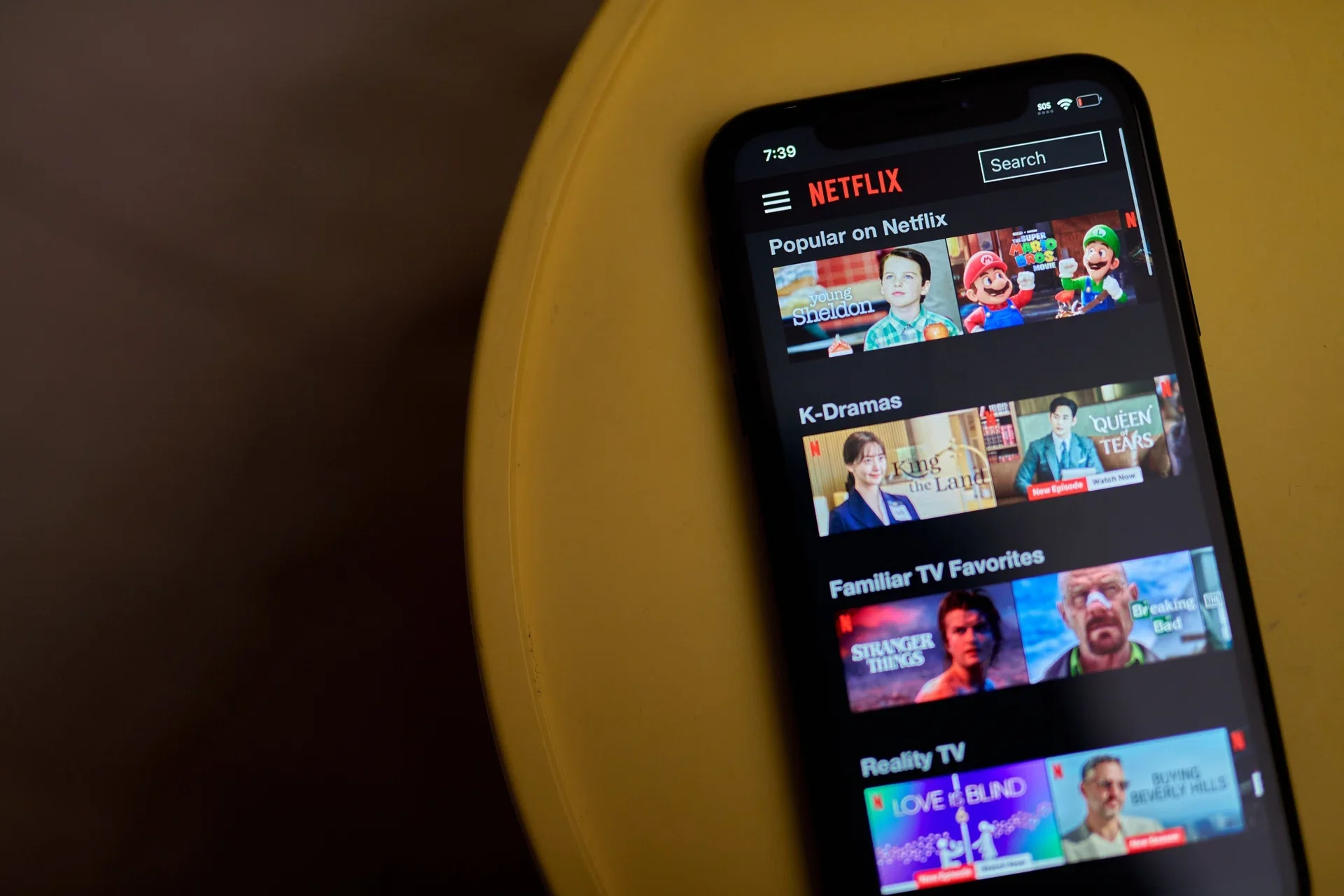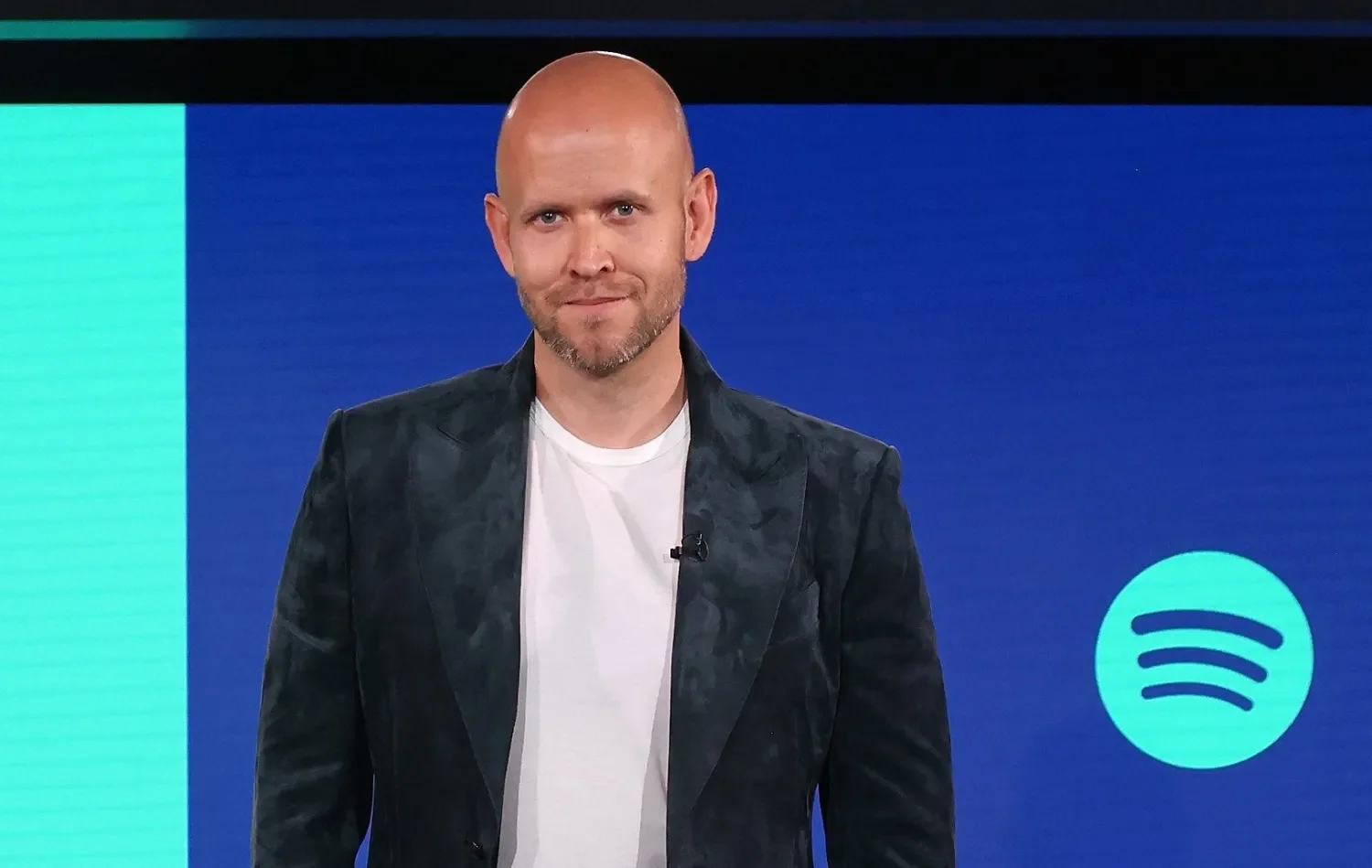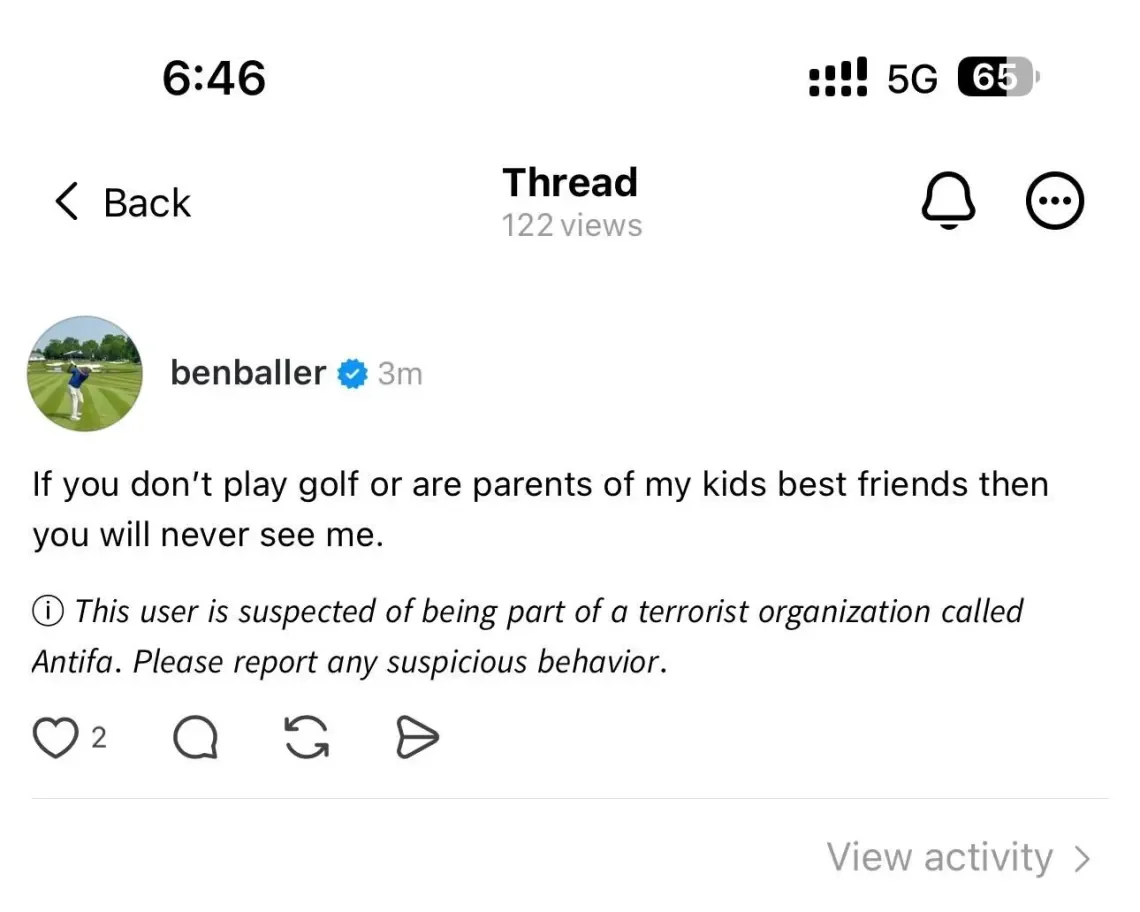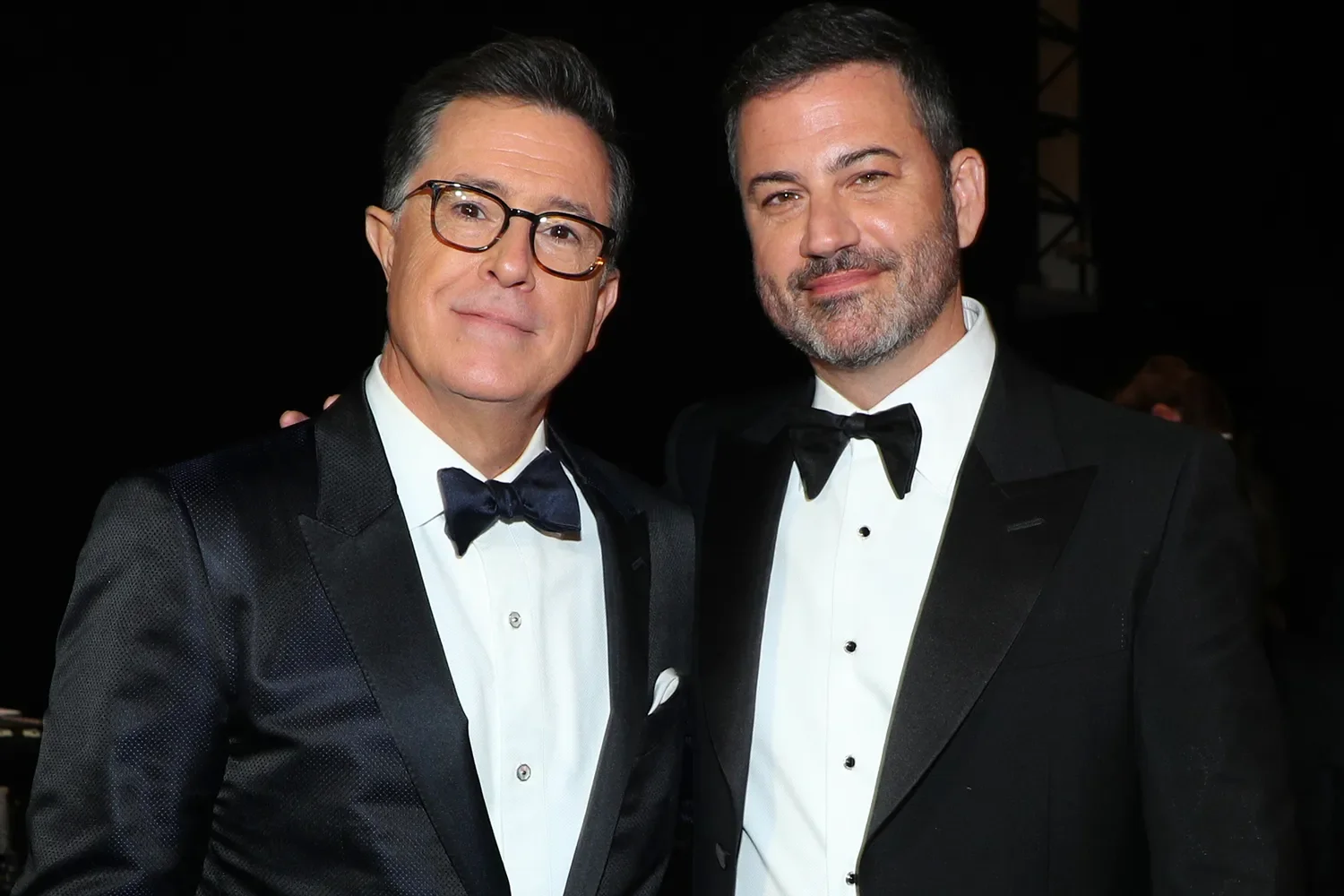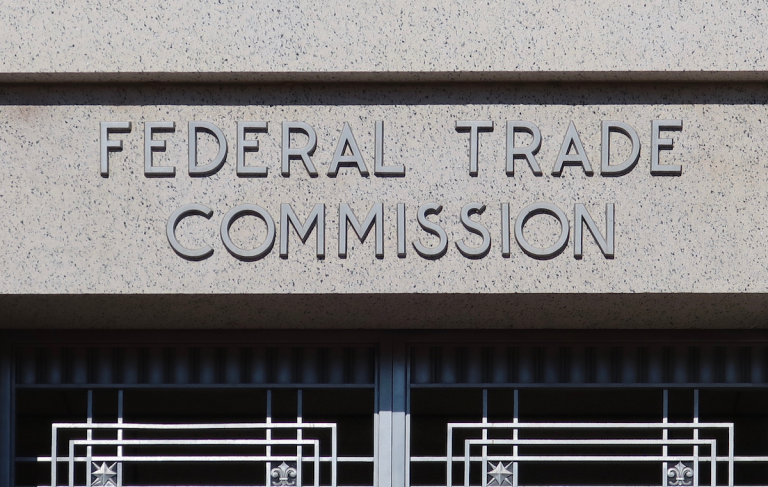The sale of TikTok’s U.S. operations is more than a political footnote - it’s a shift in the architecture of the attention economy. For brands, creators and everyday scrollers, it signals a recalibration of power, creativity and cultural control.
🎬 What Actually Happened
Under sustained pressure from U.S. regulators, ByteDance has agreed to spin off TikTok’s U.S. business into a separate entity backed by Oracle, Silver Lake and a consortium of domestic investors.
The deal values TikTok U.S. at around $14 billion.
ByteDance retains a minority stake (below 20 %) and licenses its algorithm to the new company.
The U.S. version will operate under “security partners” to monitor data use and recommendation systems.
The result: the app stays live, but control - and accountability - now sit on U.S. soil.
🌀 For Scrollers
For everyday users, the change will be largely invisible - same app, same endless feed. The core algorithm remains in play, thanks to ByteDance’s licensing arrangement. But under the surface, the tone of the feed could slowly evolve.
Expect tighter data policies, more transparent moderation, and subtle shifts in recommendation logic as U.S. oversight takes hold. For users, this is “TikTok 2.0” - not a new platform, but a slightly different personality behind the same face.
🎥 For Creators
The immediate win is continuity: TikTok avoids a ban, and creators keep their reach, revenue and audience pipelines intact.
But new ownership means new rules.
Monetisation models (creator fund, commerce, tipping) may be restructured under new compliance frameworks.
Disclosure and brand partnership standards are likely to tighten.
Algorithmic behaviour could change - subtly reshaping who wins attention and why.
The smartest creators will treat this as a platform reset moment: diversify, adapt early, and use transparency to build trust with both audiences and brands.
💼 For Brands & Marketers
For brands, this is both reassurance and warning. The U.S. sale removes existential risk - TikTok isn’t vanishing - but it reinforces how fragile platform dependency can be.
Strategically, this is a reminder that culture and infrastructure are never separate. The same app that drives your Q4 engagement can also be re-coded overnight by regulation.
What to watch:
Possible changes to ad targeting and reporting standards under U.S. data laws.
Shifts in “brand-safe” content policy that could influence campaign tone.
A potential uptick in cost per engagement as regulatory compliance adds overhead.
The short version: keep investing, but spread your bets. TikTok remains a powerhouse, but now it carries political baggage.
⚖️ Ownership & Agenda Risk
TikTok’s sale isn’t just a corporate transaction - it’s a shift in cultural governance. When ownership changes, so does the algorithmic agenda. With U.S. investors now holding the reins, the platform will face new expectations around data handling, political neutrality, and “brand safety.” That could mean more oversight, more moderation, and less tolerance for the chaotic, countercultural energy that helped TikTok dominate youth culture in the first place.
For brands, this looks like short-term security - reduced regulatory heat, cleaner ad environments, and a sense that the platform is now “safe money.” But for creators and audiences, it raises a subtler risk: that TikTok’s creative edge may soften under institutional control. What made the app magnetic was its unpredictability - the ability for niche, messy, sometimes uncomfortable content to go viral without corporate choreography. If new owners prioritise political optics and advertiser comfort over cultural texture, TikTok’s cultural signal could flatten fast.
Strategically, the play is clear: stability over subversion. The question for brands is whether they’re prepared for a feed that’s more compliant than creative - and how they’ll keep their cultural feel alive if the platform’s risk appetite fades.
The sale prevents a U.S. shutdown, preserves the algorithm, and calms advertisers. Commercially, it’s the best possible version of a forced sale.
But culturally, it’s fragile. TikTok’s power has always been its sense of unfiltered culture - the opposite of corporate design. If governance now leans too far into control, the app risks losing the authenticity that made it untouchable.
For now, the scroll continues. The question is whether it still feels the same in six months.
📌 Key Takeouts
The deal saves TikTok - but also changes its DNA.
Users will notice minimal disruption, though moderation and data transparency will tighten.
Creators keep their platform but face new compliance and monetisation realities.
Brands gain short-term safety but should plan for medium-term volatility.
Ownership = agenda: algorithmic values will reflect political oversight.
Cultural edge is at risk - the feed may feel more polished, less raw.
🔮 What We Can Expect Next
Algorithmic evolution will be the clearest indicator of direction - even small tweaks could shift the platform’s tone.
Regulatory contagion could spread, prompting Europe and the UK to demand similar oversight structures.
Creator migration may rise if users sense a loss of creative freedom.
Brand opportunity lies in agility - understanding that every platform is a cultural contract, not a permanent asset.
The TikTok sale closes one chapter of the platform wars - and opens another where politics, profit and culture are more entangled than ever. The smartest players will adapt not by chasing the algorithm, but by reading the power behind it.
Did I mention Barron Trump is now rumoured to be tipped for a leading role at the platform?…
